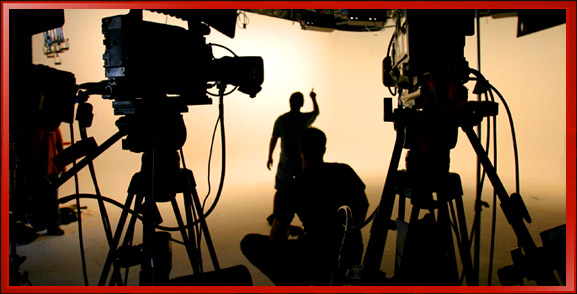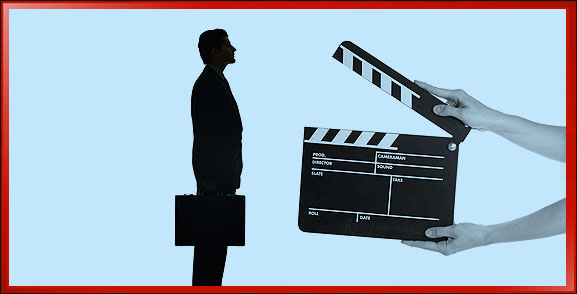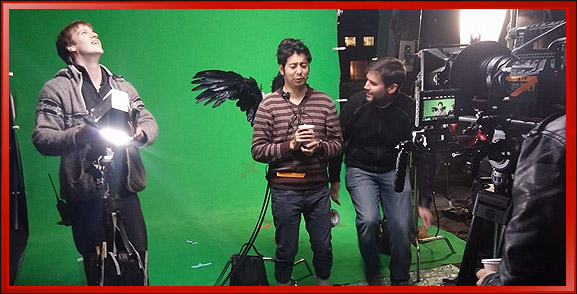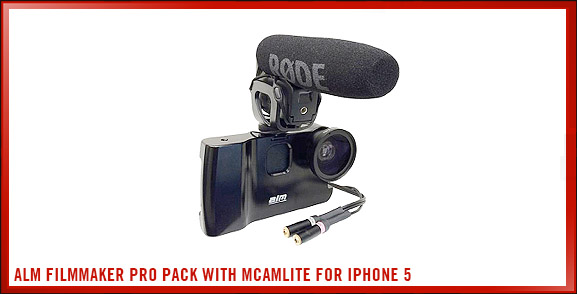Cinema is the art of illusion. Make-believe is at the core of film as an art form and as a form of expression. Since the early history of cinema, visionaries like Georges Méliès used technical innovations as an expressive tool to trick the eye and captivate audiences.
Méliès, for example, used analog editing to amaze audiences in his iconic 1902 film “A Trip to the Moon.” He made things appear and disappear and superimposed his face to an image of the moon in one of the earliest examples of image compositing in film.

112 years have gone by since then and filmmakers still use technological development to tackle creative and production challenges. One if the most sought-after technologies today is the use of chroma key compositing, which consists of shooting a scene in front of a single-color background, which is generally green (earlier chroma keying technologies that date as far as the 1930s used blue).
After the images are captured, the green background is removed and can be replaced with any image. Because the color hue is removed, two video streams can be combined.
Green Screen in Film
Digital technology has made chroma keying both easier and more widely accessible to lay users and small production houses. Because digital images are composed of units called pixels, it is easier to break down an image into its different elements (if the lightning is not done correctly, however, the “cleaning” process can be laborious and time consuming).

Some renowned filmmakers like Quentin Tarantino's pal Robert Rodriguez have released films made almost exclusively with green screen.
In 2014, Rodriguez launched “Sin City 2: A Dame to Kill For,” in which he created a noir fantasy, an inferno of lost souls and crooks, with creative panache, something that only green screen would have allowed him to do. Other filmmakers like Peter Jackson and Guillermo del Toro, or almost anyone working with special effects for that matter, uses green screen.
Green Screen in Production
Green screen is also the industry standard in broadcast television (everyone has seen those weather reports, right?) and advertising.
Independent filmmakers and small production companies can benefit from this technology as well. Even if they have limited budgets to shoot a compelling background image, there are companies that provide stock images that can be readily used in their productions.
These stock images also include other elements, such as additional characters or even animals, and vehicles. The use of stock green screen shots can help reduce production costs and expand creative possibilities. Because some of these images are digitally produced with 3D, it is easy to manipulate them. You can “copy-paste” them, for example, in a crowd scene or a savannah background.

Stock green screen images can also include what is known in post-production lingo as particles. Particles include elements like water, fire, smoke, lightning or explosions, and can be easily added to a shot. These particles work to give context and visual richness to a scene, which can be the difference between an OK and an awesome production.
Stock green screen images are not only useful in action scenes with tons of explosions; they can also work to provide visual layering to, for example, establishing shot of a natural landscape or a city.






